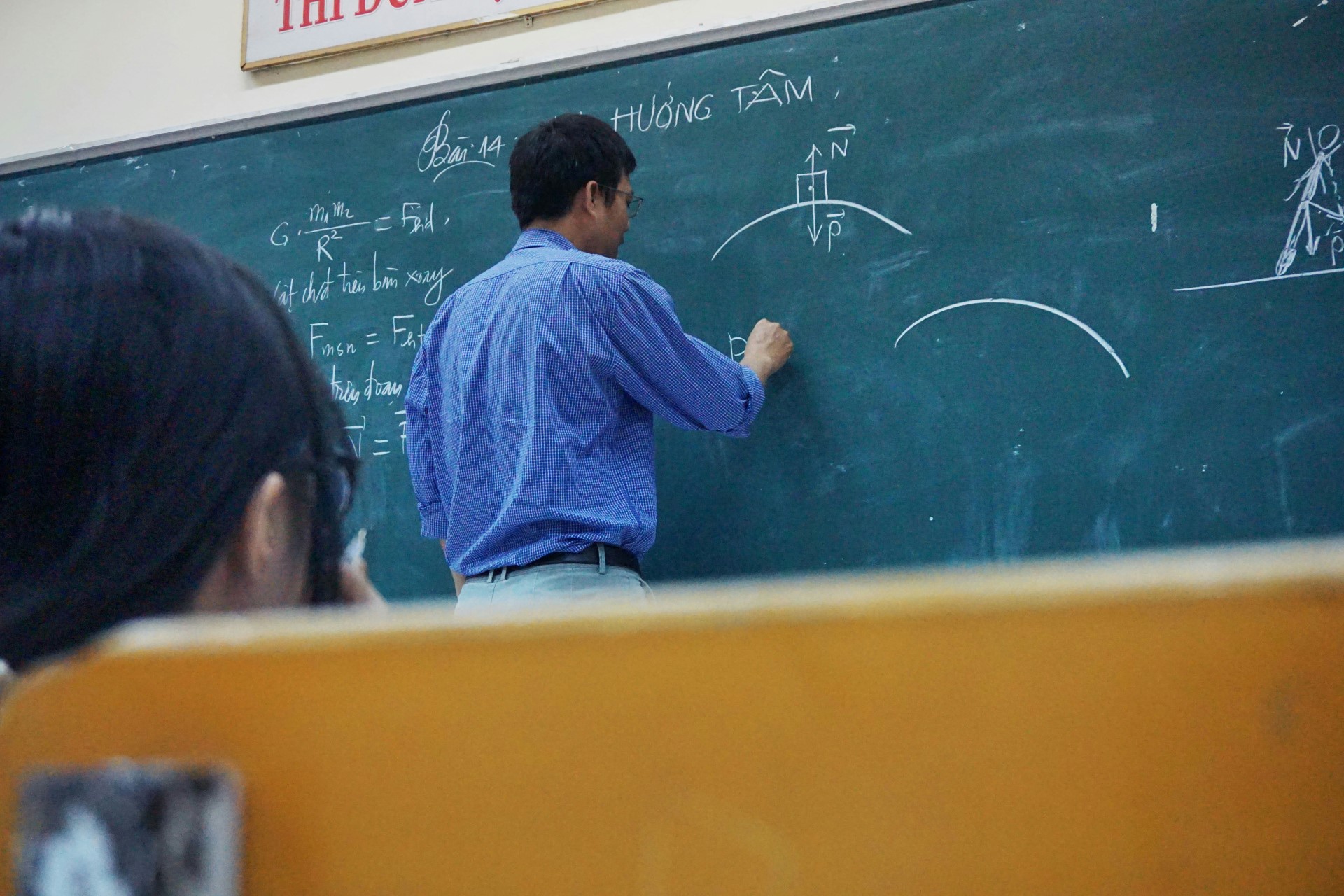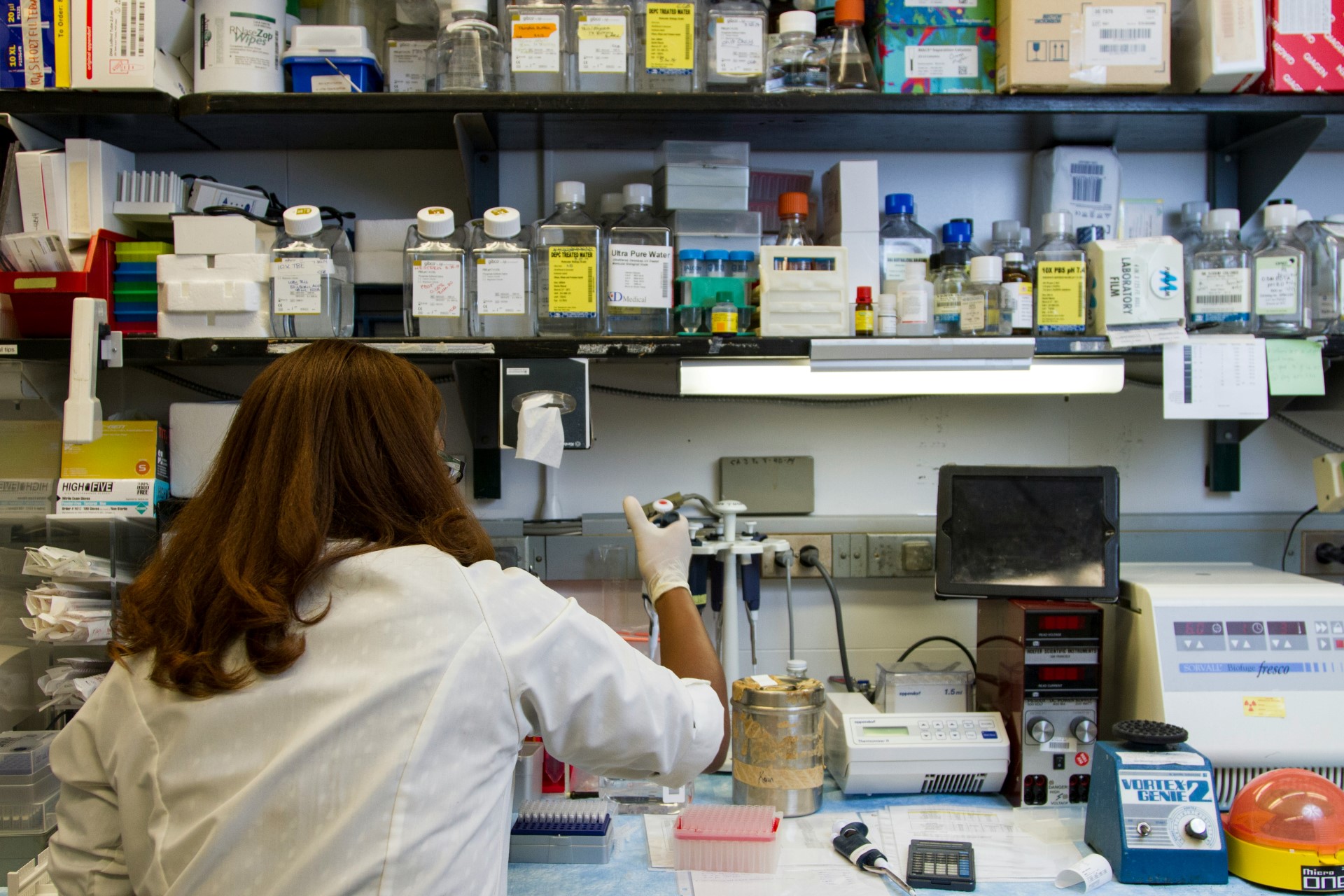Empathy Holds the Power to Humanize Science
Bridging science and society demands empathy, clear communication, and a shared commitment to accessible knowledge for all.
Scientific communication, or SciCom, plays a critical role in connecting the scientific community with the general public, translating complex research into easily comprehensible and accessible communication material. This content appears in the media, marketing, and real-life conversations. Without it, much of the knowledge scientists have discovered would remain unknown to most of us.
However, despite its vital role in advancing worldwide education, scientists often face obstacles in sharing their findings. These include the challenge of distilling complex terminology, moving beyond specialized jargon, and, externally, overcoming a disconnect felt by the public, who may perceive experts as inaccessible or aloof. Ultimately, both sides—the scientific community and the general public—need more compassion and understanding toward each other if we are to achieve a world with greater scientific literacy.
Environmental justice through public education
The educational division of the public and scientific communities can first be observed as early as the 18th century, when scientific discoveries were largely disseminated through exhibits, fairs, journals, and academia, typically only accessible to the wealthy. Today, while socioeconomic barriers in this field have reduced, other forms of inaccessibility remain. Research papers are often hidden behind paywalls and, even when accessible, few professionals are trained to break down complex scientific jargon effectively.

As a result, while the public grows increasingly frustrated by the perceived inaccessibility of scientific knowledge, researchers feel equally discouraged when their years of work are reduced to sensationalized headlines. Both sides are left dissatisfied, and misinformation fills the gaps. This situation calls for a shift in how we communicate and a new focus on those who bridge these communities: communicators.
Raising awareness and trusting scientific research
By cultivating common ground through communicators who understand both the scientific and public perspectives, we can start to improve information accessibility. But before that can happen, both trust and empathy must be established. For the public, it helps to see scientists not merely as experts but as people carrying out complex, high-stakes work. They face immense pressures, often funding their own research projects and grappling with the possibility that years of work might go unfinished due to budget cuts. Stress, frustration, and the struggle to stay motivated are part of their daily reality and are experiences we can all relate to. Meanwhile, the scientific community can empathize with the public by acknowledging that not everyone has in-depth knowledge of their field. People come from diverse educational backgrounds, have varying access to information, and hold different capacities for understanding scientific content. By ‘trading shoes’, we might grow the empathy needed to move accurate scientific communication forward.
Encouraging more scientifically trained people to enter the communication field is one way to ensure that specialized knowledge is translated into clear, relatable terms.
Importantly, simplifying complex ideas doesn’t mean sacrificing essential information. Encouraging more scientifically trained people to enter the communication field is one way to ensure that specialized knowledge is translated into clear, relatable terms. This could take the form of articles, advertisements, podcasts, or social media posts. With more skilled communicators, misinformation can be reduced, and trust in the scientific community can be strengthened.

One inspiring example of effective scientific communication is Carl Sagan, who captivated an entire generation with his television show, Cosmos. Through honest, creative, and straightforward language, Sagan engaged the public in the wonders of astrophysics, fostering both interest and trust. In Sagan’s book The Demon-Haunted World: Science as a Candle in the Dark, he states, “Don’t talk to the general audience as you would your scientific colleagues. There are terms that convey your meaning instantly and accurately to fellow experts. You may parse these phrases every day in your professional work. But they do no more than mystify an audience of non-specialists. Use the simplest possible language. Above all, remember how it was before you, yourself, grasped whatever it is you’re explaining.”
Today, we need a similar approach across fields like sustainability, epidemiology, and healthcare, where experts work tirelessly on issues that the public urgently needs to understand.
In the end, building a bridge between science and society is a task we all can share—scientists, communicators, and learners alike. Empathy and patience are key. So, let’s each play our part in creating a culture that values understanding and curiosity over complexity and exclusivity. By embracing compassion and clear communication, we can open science up to everyone, paving the way for a more informed and empowered world.